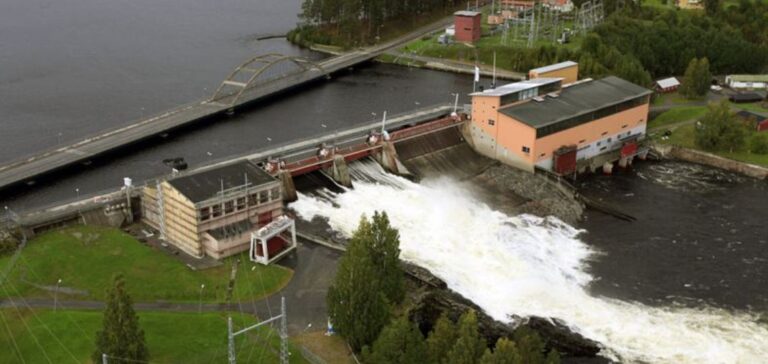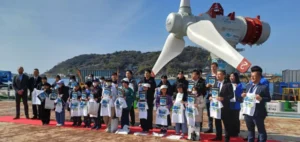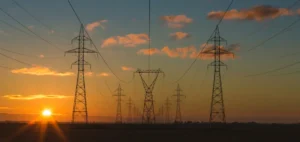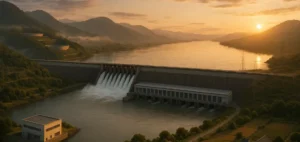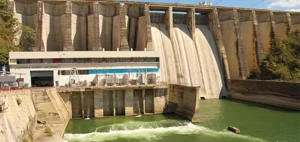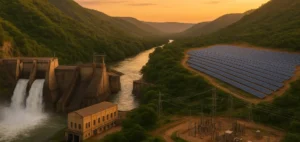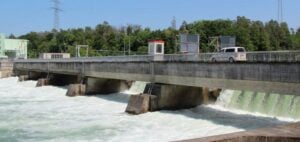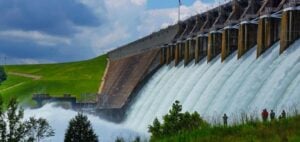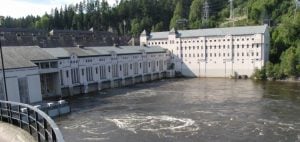Maintenance of the Hammarforsen hydroelectric plant has been announced at NCC. This renovation was mandated by Statkraft to implement measures to enhance the safety of the 80 MW dams. This power plant in the Indalsälven river in Jämtland was built in 1928 and is being renovated to cope with the risk of increased extreme flows. NCC was commissioned to build an extension to increase the plant’s load-carrying capacity to ensure the safety of the dam.
A maintenance project for the Hammarforsen hydroelectric power plant worth approximately SEK 160 million
A joint performance contract worth SEK 160 million ($15.2 million) has been concluded for this project. “This expansion is part of an extensive restoration of the Hammarforsen facility. In order to continue to be a reliable producer of flexible renewable energy, it is necessary for us to constantly have a well-functioning facility and to update our power plants to cope with the increased energy supply we are facing,” said Jakob Norström, managing director of Statkraft Sweden.
What maintenance work are we talking about?
Maintenance work at NCC’s Hammarforsen hydroelectric plant will include the development of the impoundment basin, demolition of parts of it and replacement of the sliding tailgate with two smaller tailgates. The project will also involve concrete work, installation of instrumentation and raising the seal gap at Hammarnäset. For concreting, NCC will use climate enhanced concrete, which reduces the carbon footprint and has a shorter curing process. It also improves the working environment as the need to cool the concrete is reduced or can be eliminated.
The project is expected to be completed in the spring of 2025.

